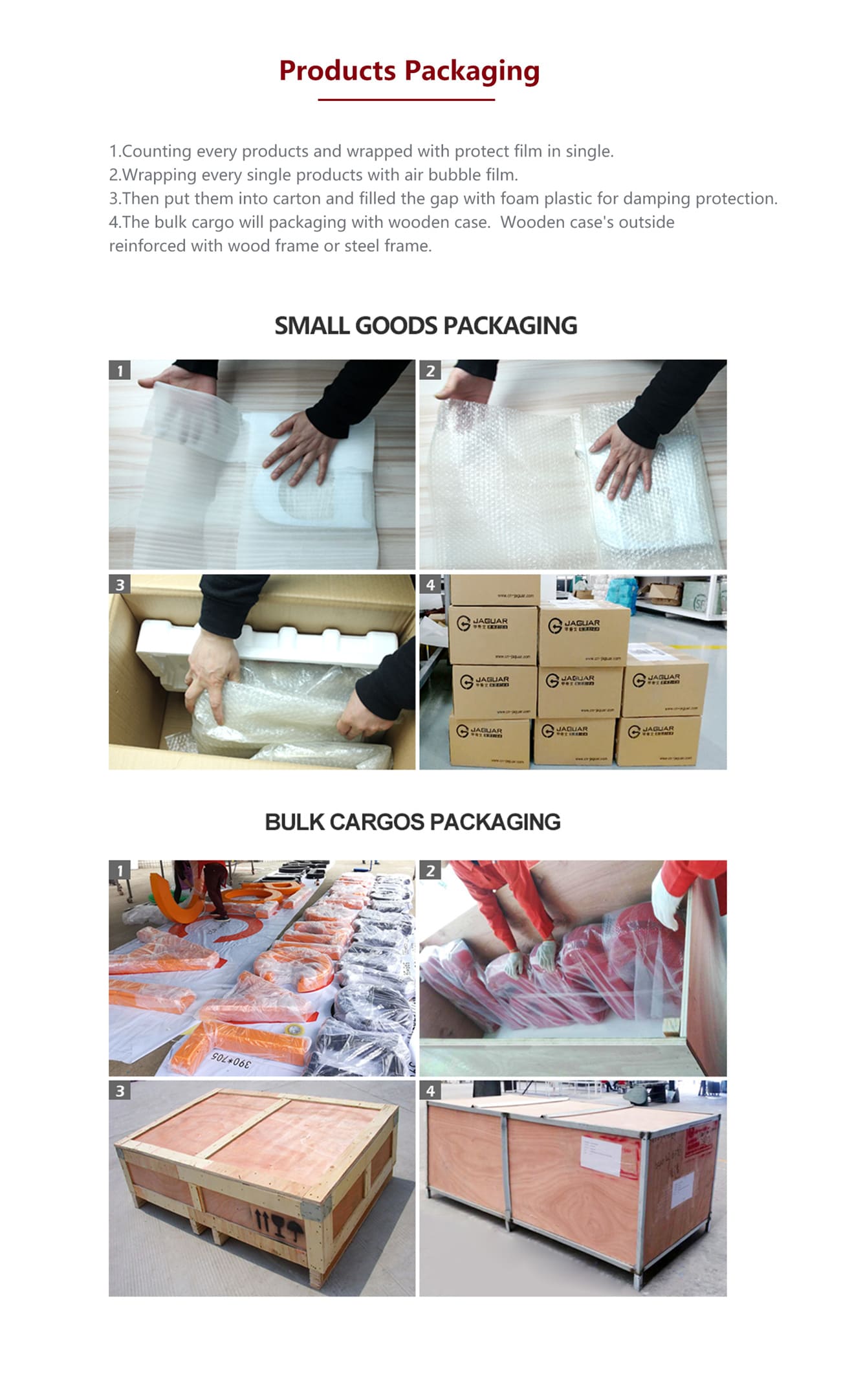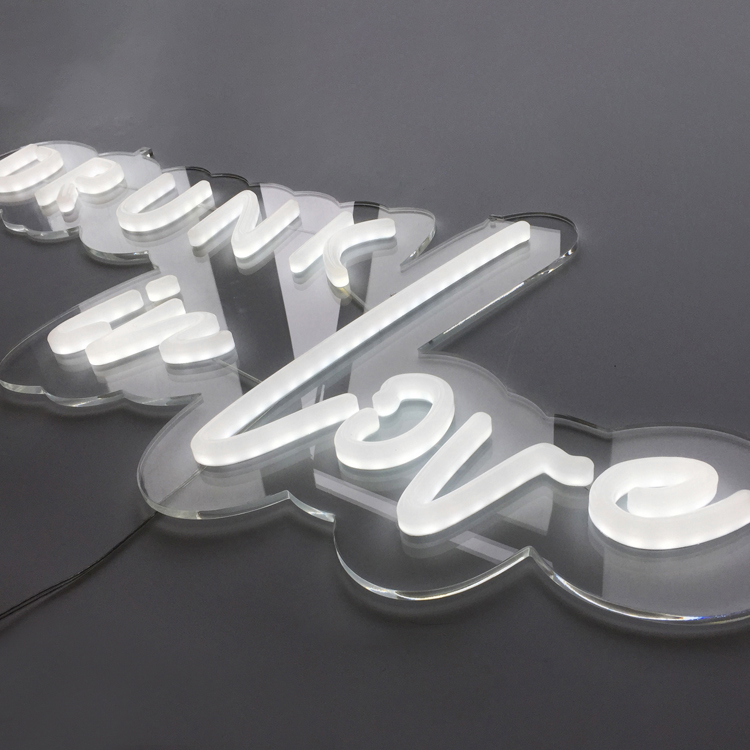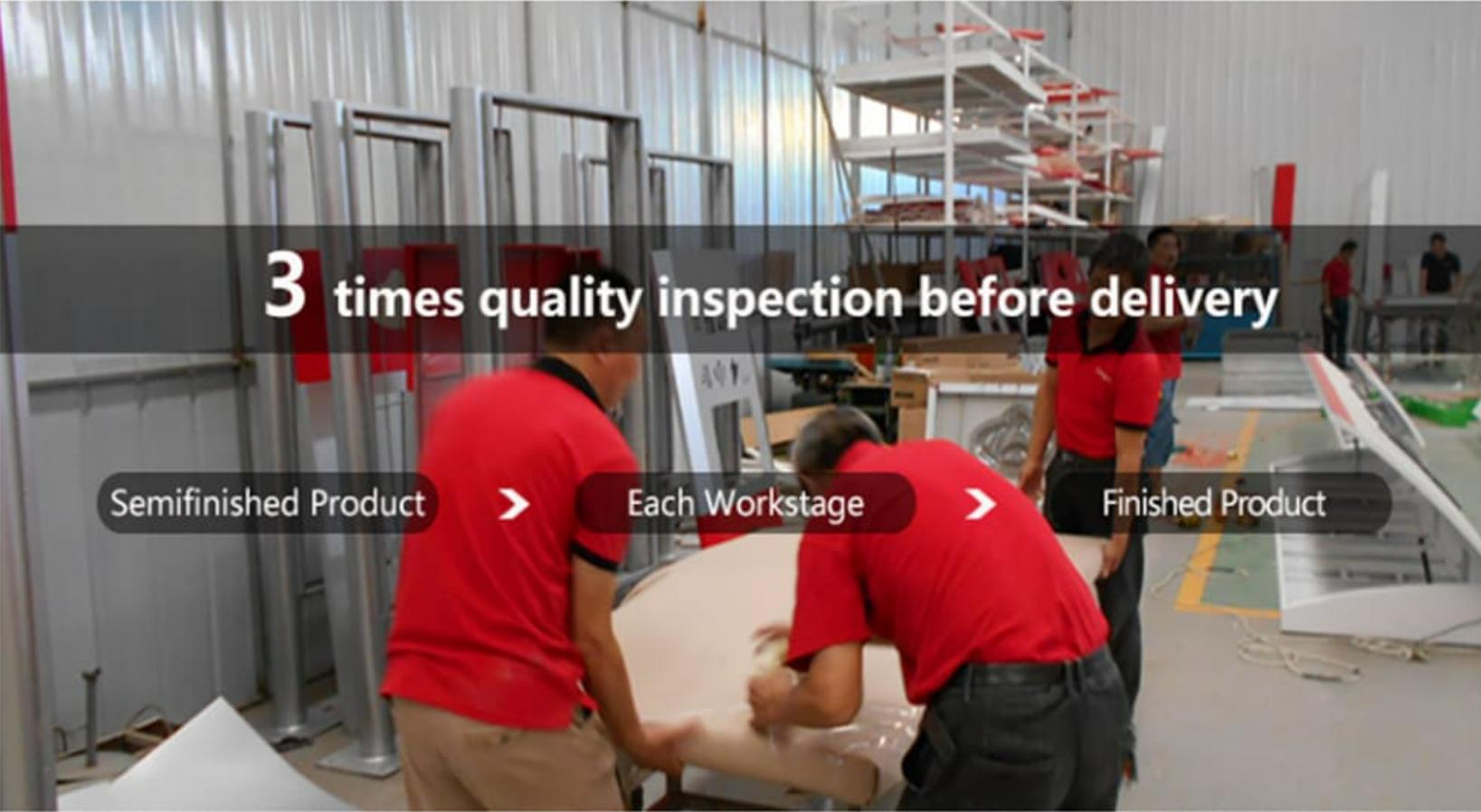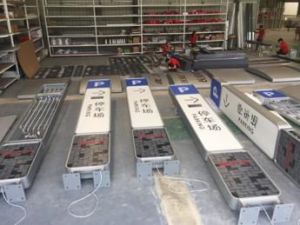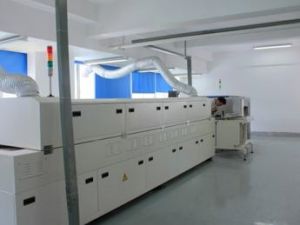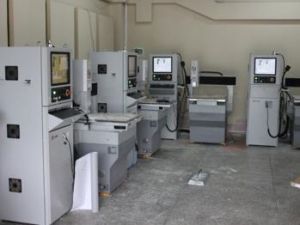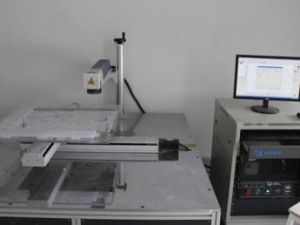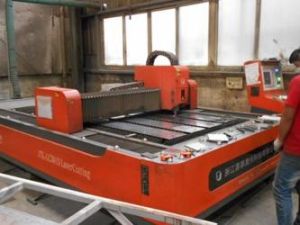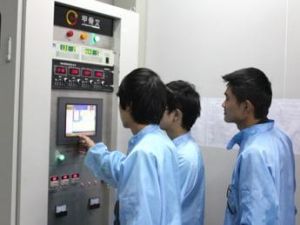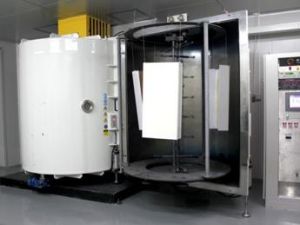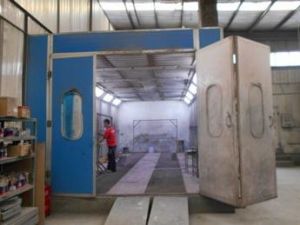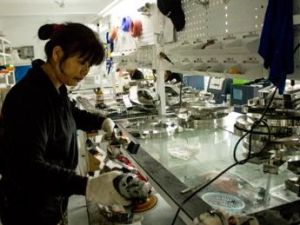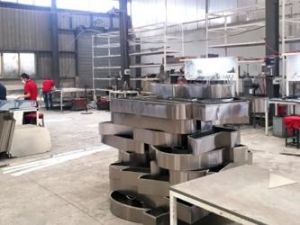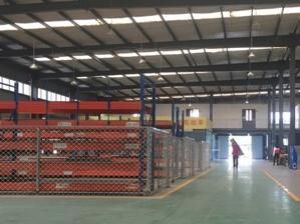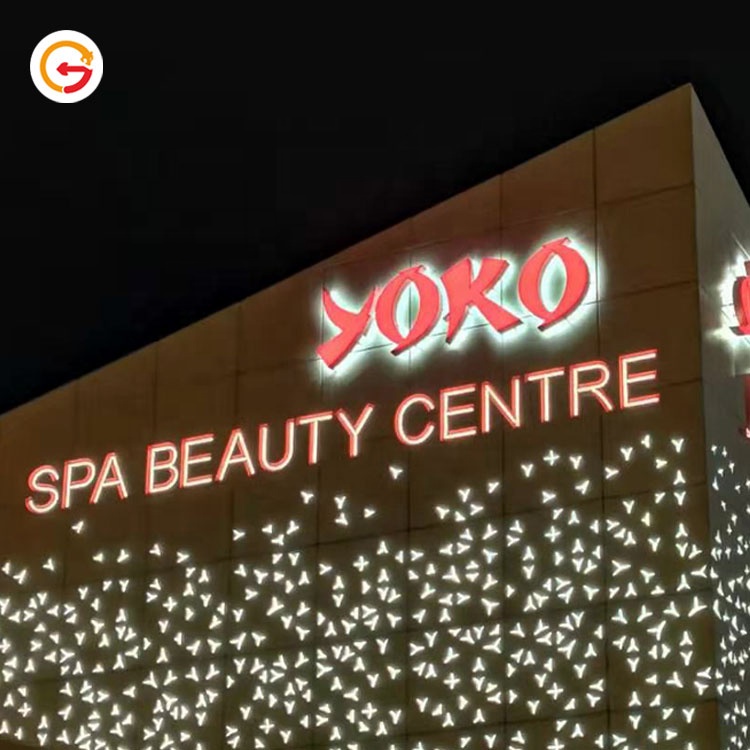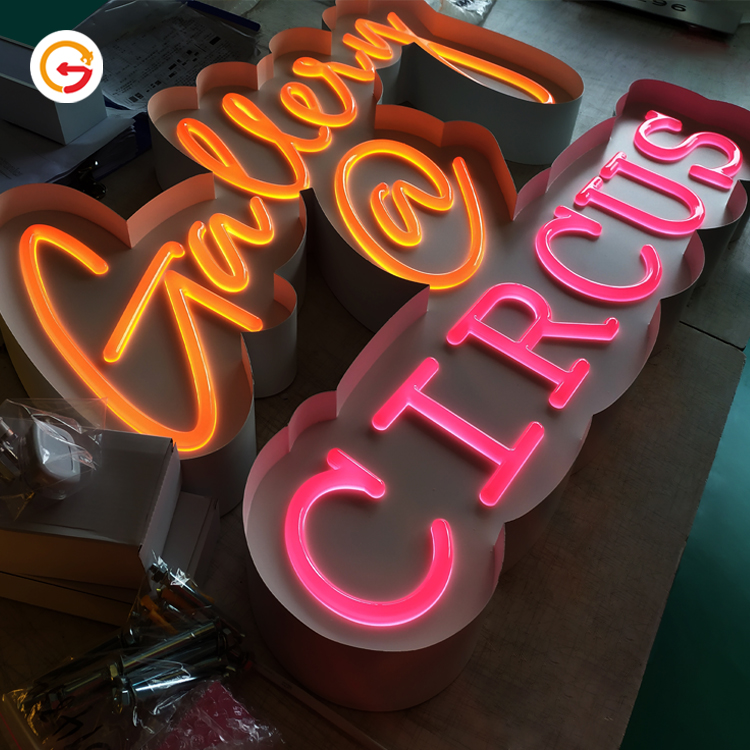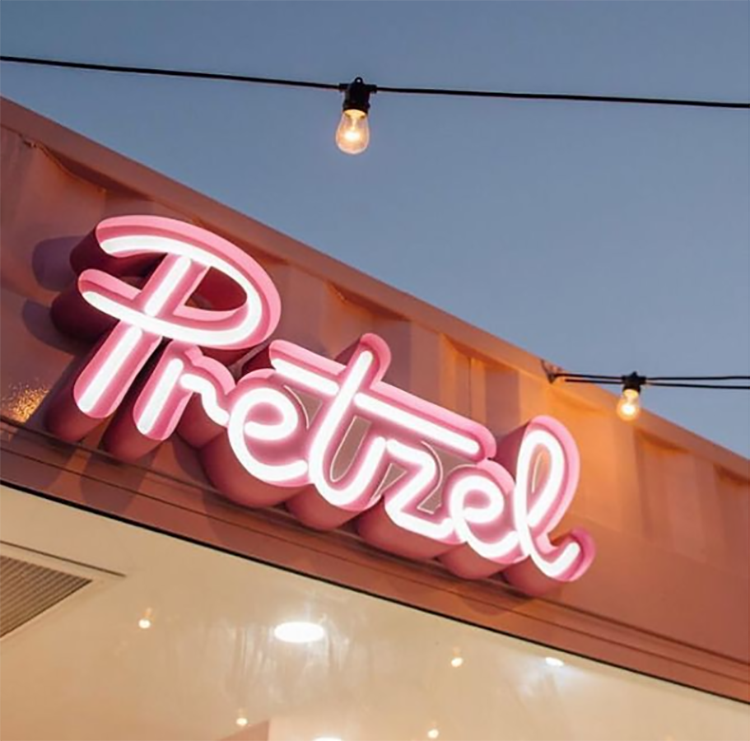
Sign Types
Acrylic Neon Sign Letters | Acrylic Neon Light
In today's competitive business environment, effective brand advertising plays a vital role in capturing the attention of potential customers. An innovative and eye-catching form of advertising is the use of acrylic neon signs. Decorated in bright neon, these signs serve as eye-catching displays that not only grab the attention of customers, but also communicate the brand's unique identity and message. This article aims to introduce and discuss the classification and main features of acrylic neon lights, focusing on their role in brand advertising.
Acrylic neon signs, as the name suggests, are made of high-quality acrylic material to create a charming visual effect. Through the use of neon lights, these signs shine brightly, attracting viewers from a distance. The combination of acrylic and neon technology opens up endless design possibilities, making it ideal for custom neon signs tailored for a specific brand.
Classification of Acrylic Neon Signs
1. Indoor Acrylic Neon Signs: These signs are designed to be displayed indoors and are commonly used in retail stores, restaurants, bars and entertainment venues. Vibrant neon lights add a touch of elegance and beauty to the ambience, creating an alluring ambience that draws customers in.
2. Outdoor Acrylic Neon Signs: Designed to withstand the elements, these signs are often used for outdoor advertising. Whether promoting your brand on a storefront, billboard or rooftop, outdoor acrylic neon signs provide superior visibility, ensuring your brand is noticed even in busy, congested areas.
Main Features of Acrylic Neon Signs
1. Customization: A notable feature of acrylic neon lights is the versatility of customization. Businesses are free to design a unique logo that matches their brand identity. From choosing a shape and color scheme to choosing a font and message, the creative possibilities are endless with a custom neon sign.
2. Energy Efficiency: While neon signs emit a vibrant and eye-catching glow, they are also designed with energy efficiency in mind. Acrylic neon signs consume significantly less energy than traditional light bulbs, making them a sustainable and cost-effective advertising solution for businesses.
3. Durability: Acrylic neon lights are durable. Premium acrylic material resists fading, cracking and other forms of deterioration, ensuring your advertising investment remains vibrant and effective for years to come. Plus, the neon lights used in these signs are long-lasting, making them a solid choice for long-term use.

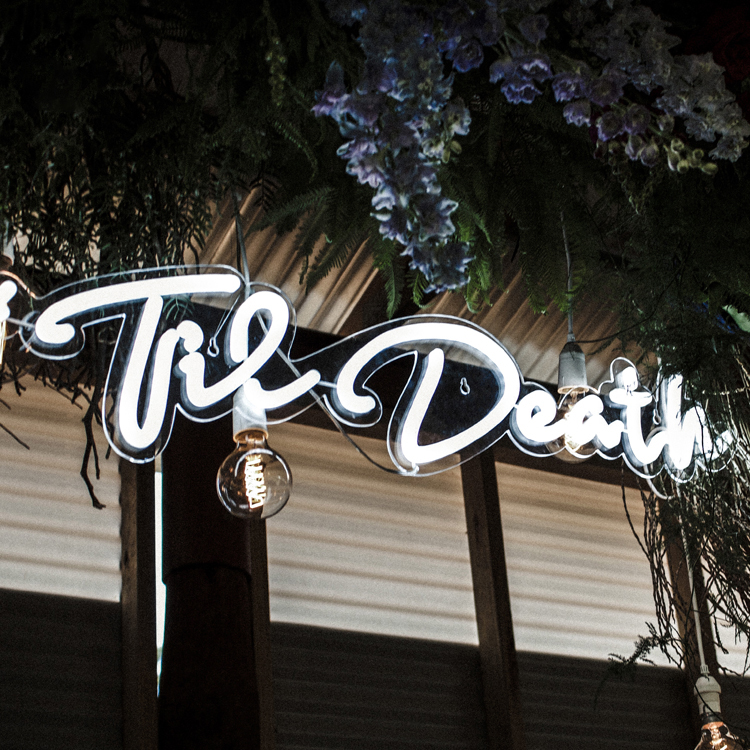

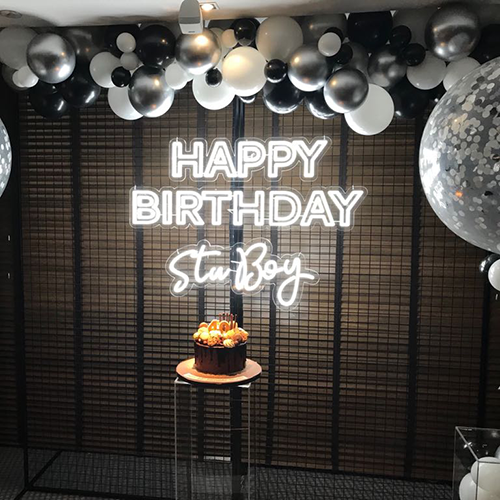


Brand advertising with Acrylic Neon Signs
In the world of brand advertising, the importance of making a memorable first impression cannot be overemphasized. Acrylic neon signs are an unrivaled tool for making a lasting impact on potential clients. A bright logo grabs attention even from a distance, effectively drawing customers to your business or product.
The ability to customize acrylic neon signs enhances brand recognition. By combining brand logos, colors and unique design elements, these signs become powerful brand ambassadors. Whether displayed in-store or as part of an outdoor event, the unforgettable glow of neon acrylic signs will ensure your brand stands out from the competition.
Additionally, neon acrylic signs can be strategically placed to target specific groups of people, maximizing the effectiveness of your advertising campaigns. Whether targeting a younger audience in trendy urban areas or reaching families in residential areas, the versatility of acrylic neon signs allows businesses to adapt their advertising strategies accordingly.
Conclusion
Acrylic neon signs offer businesses an attractive and versatile way to advertise their brand. With their customizability, energy efficiency and durability, these signs have become an essential tool for businesses looking to make a lasting impression. By incorporating neon acrylic signs into their advertising strategy, businesses can increase awareness, brand awareness, and customer engagement. So why wait? Give your brand the attention it deserves and make your business shine with acrylic neon signage.
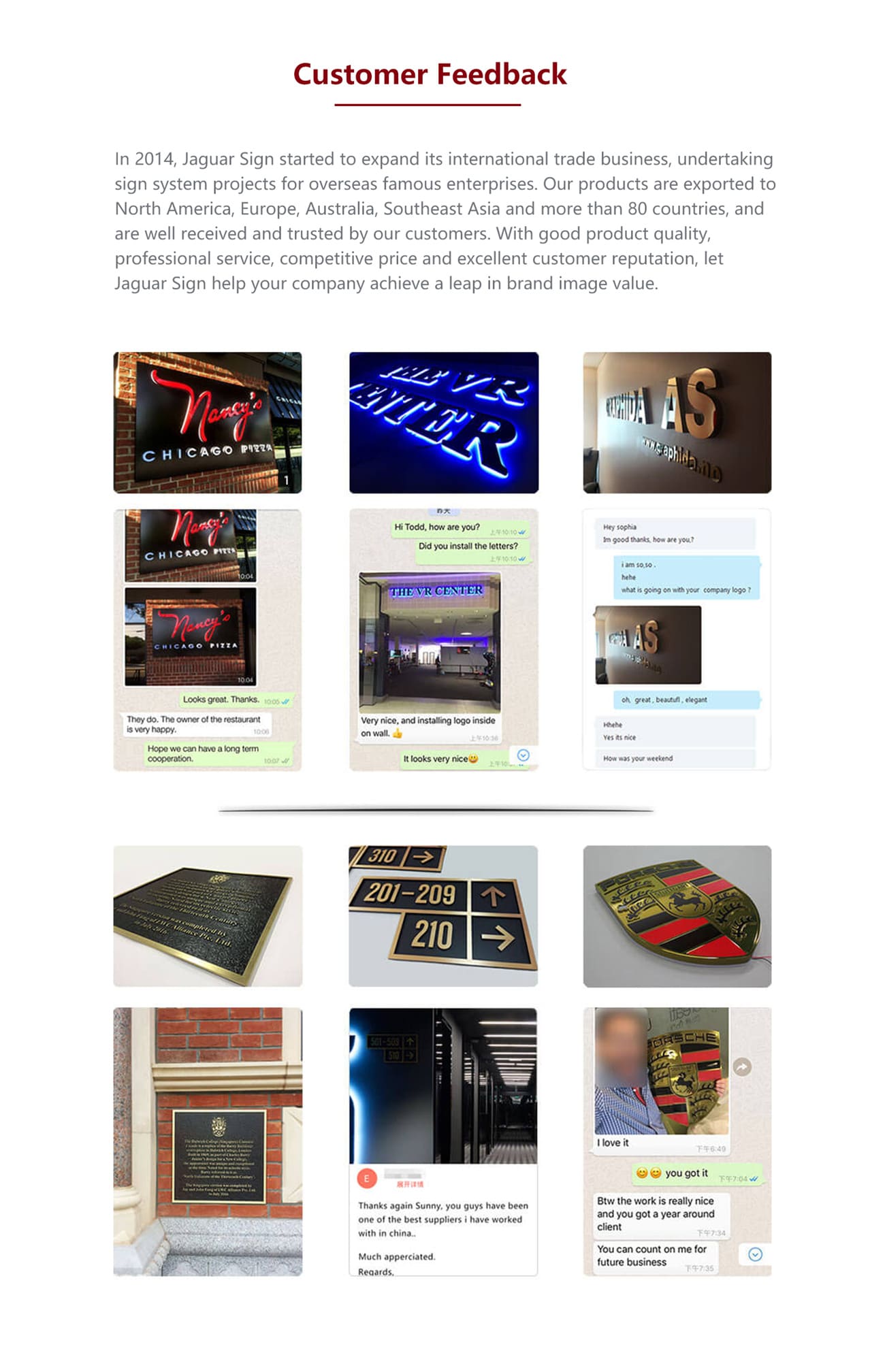
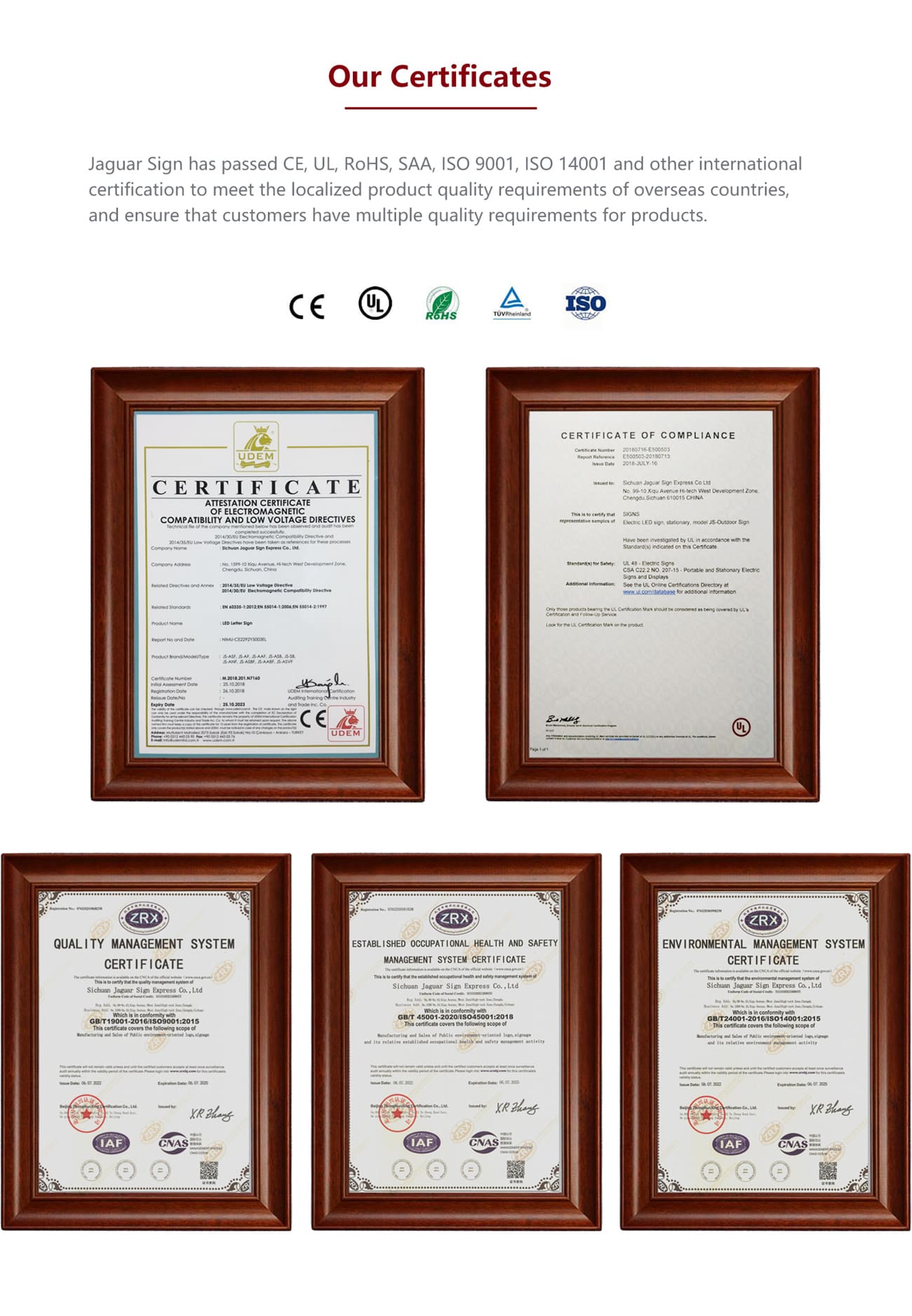
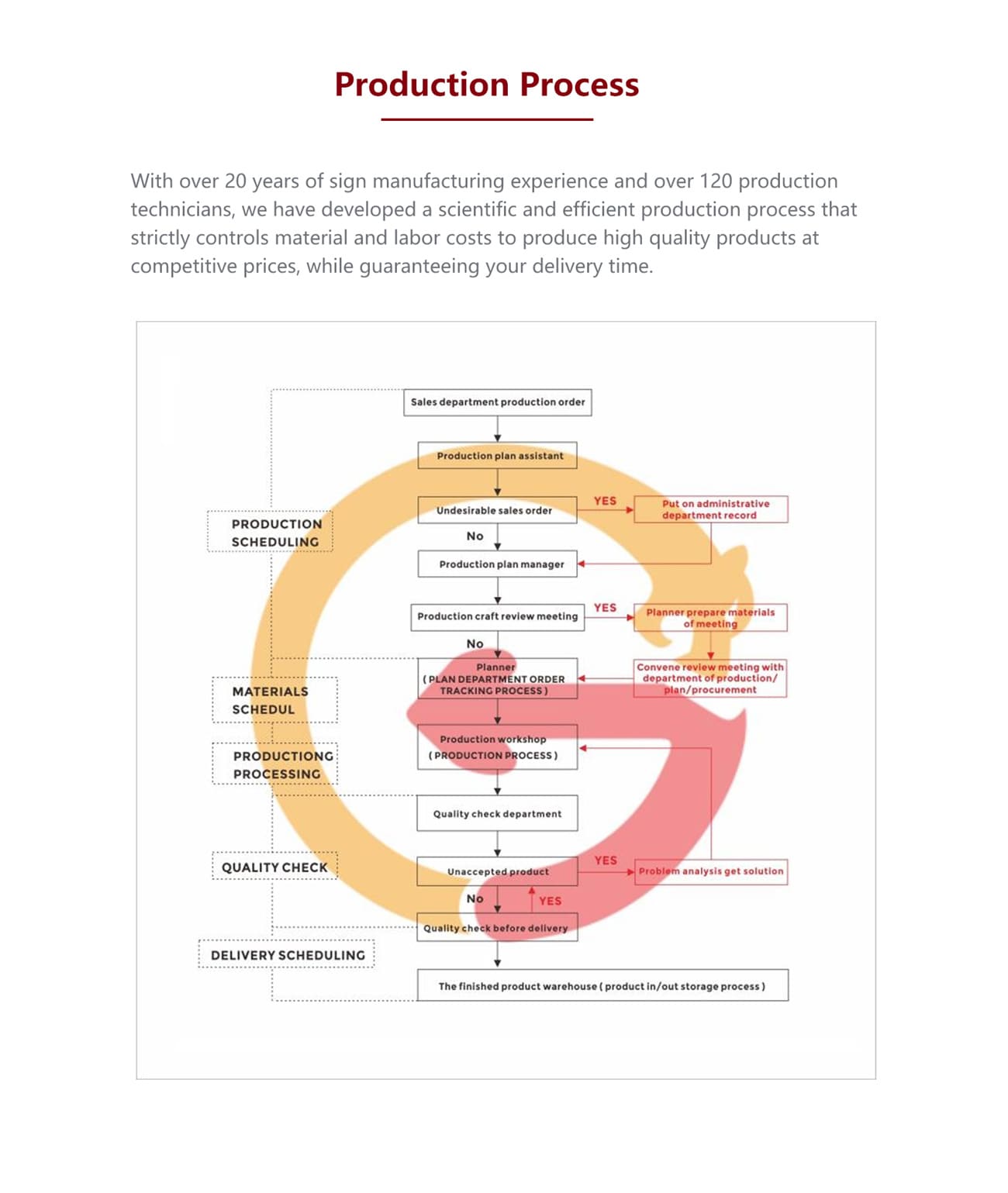
We will conduct 3 strict quality inspections before delivery, namely:
1. When semi-finished products finished.
2. When each process is handed over.
3. Before the finished product is packed.
